English | Dutch |
|
| From border to border | |
Sulaymaniyah (Iraq) to Goris (Armenia), March 2014
|
|
| |
|
Our fourth visit to Iran initially started with a problem. It took us quite a bit to cross the border between Iraq and Iran. On the Iraqi side, everything went smoothly, but because there is no so-called "contract" between Iraq and Iran for the temporary importation of vehicles with foreign number plates, the Iranian custom didn’t let us in. In the beginning they told us that we could not cross the border with our car. They advised us to drive back to Turkey and cross from there into Iran at the Bazargan border crossing. But eventually everything went well and we could start our fourth visit to Iran (see also the article: Stress at the border with Iraq and Iran).
|
|
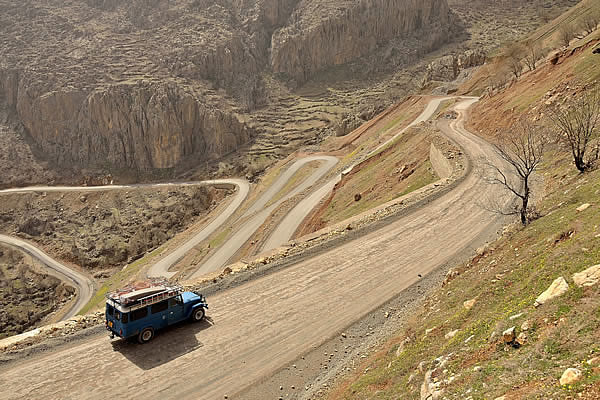 |
|
A spectacular road crosses the Howraman Valley in Iranian Kurdistan |
|
From the capital of Lorestan, Khorramabad, we drove across the Zagros Mountains, to Iran's biggest tourist attraction: Isfahan. We stay in a small hotel near the central Naqsh-e Jahan Square and enjoyed all the beauty this city has to offer. However, we noted immediately that Esfahan is a destination where the local people are accustomed to tourists. People are still very friendly, but the extreme hospitality you experience for example in the provinces of Lorestan and Kurdistan, is no longer present. One of the areas of Iran that we had never visited before, was the desert in the heart of the country. And this was the time to visit it, because we had our own wheels with us. We initially stayed a few days in the city Naein at the boundary of the desert, and afterwards we drove deeper into the drought to the oasis village Garmeh. We stayed in the guesthouse called Ateshooni, but despite the beauty of the area, we were not really enthusiastic about the pension itself (see the photo impression about the Iranian desert, and the column on Ateshooni).
|
|
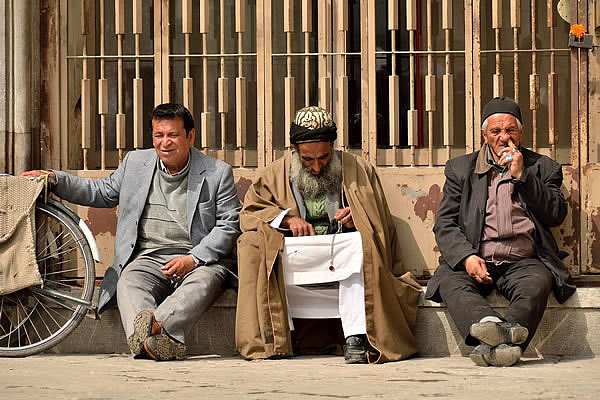 |
|
Old men near Esfahan's northern bazaar entrance |
|
| After our visit to Tehran, which was shut down for the most part of our visit because of the holidays, we drove to the north-western part of Iran, a very popular area among holidaying Iranians. Around Tehran we had for the first time during our visit to this country, struggles finding diesel. Trucks are not allowed on the main roads in and out Tehran, which means that the petrol stations have no diesel on offer. But near Qazvin, we were able to fill the belly of our jeep again. Our actual goal that day was the famous mountain village called Masuleh, near the city of Rasht, but because of the fact that also many Iranian holidaymakers had this village in mind as their destination, we decided to leave the queue of cars and skip Masuleh.
|
|
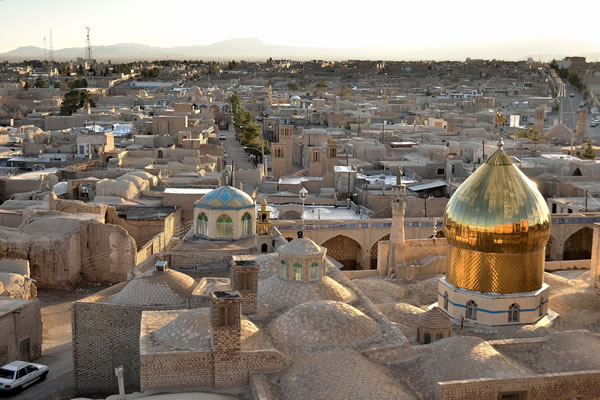 |
|
View over the sand colored village of Mohammadiyeh near Naein |
|
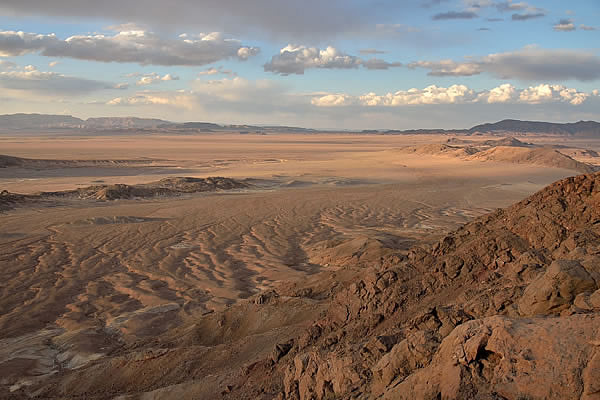 |
|
Unearthly landscapes in the Iranian desert |
|
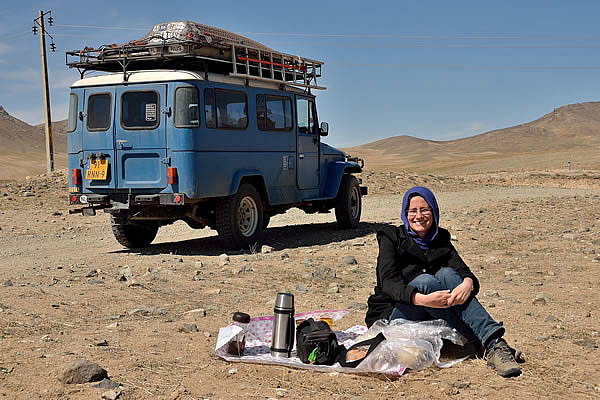 |
|
Time for a picnic |
|
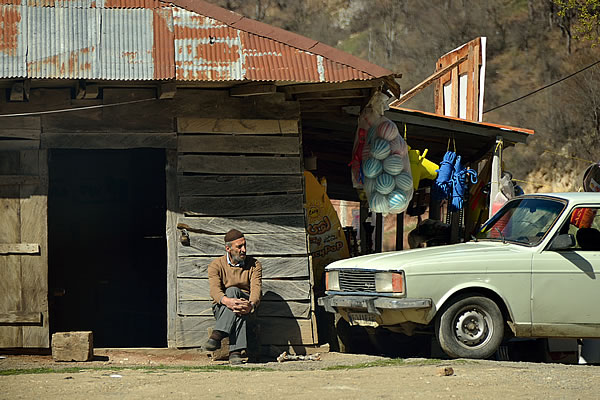 |
|
Village life in the nort-western part of Iran |
|
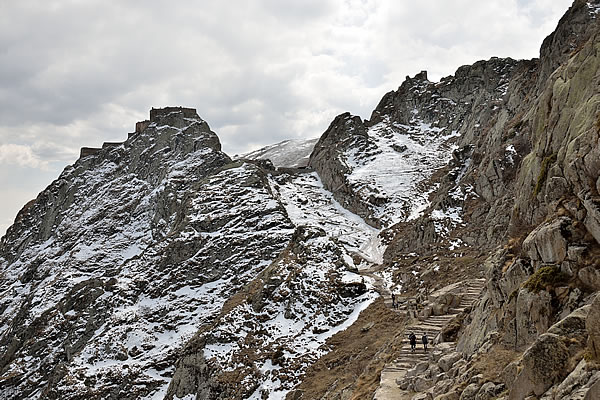 |
|
The dramatically located Babak fortress near Kaleybar |
|
| <Previous weblog> | |